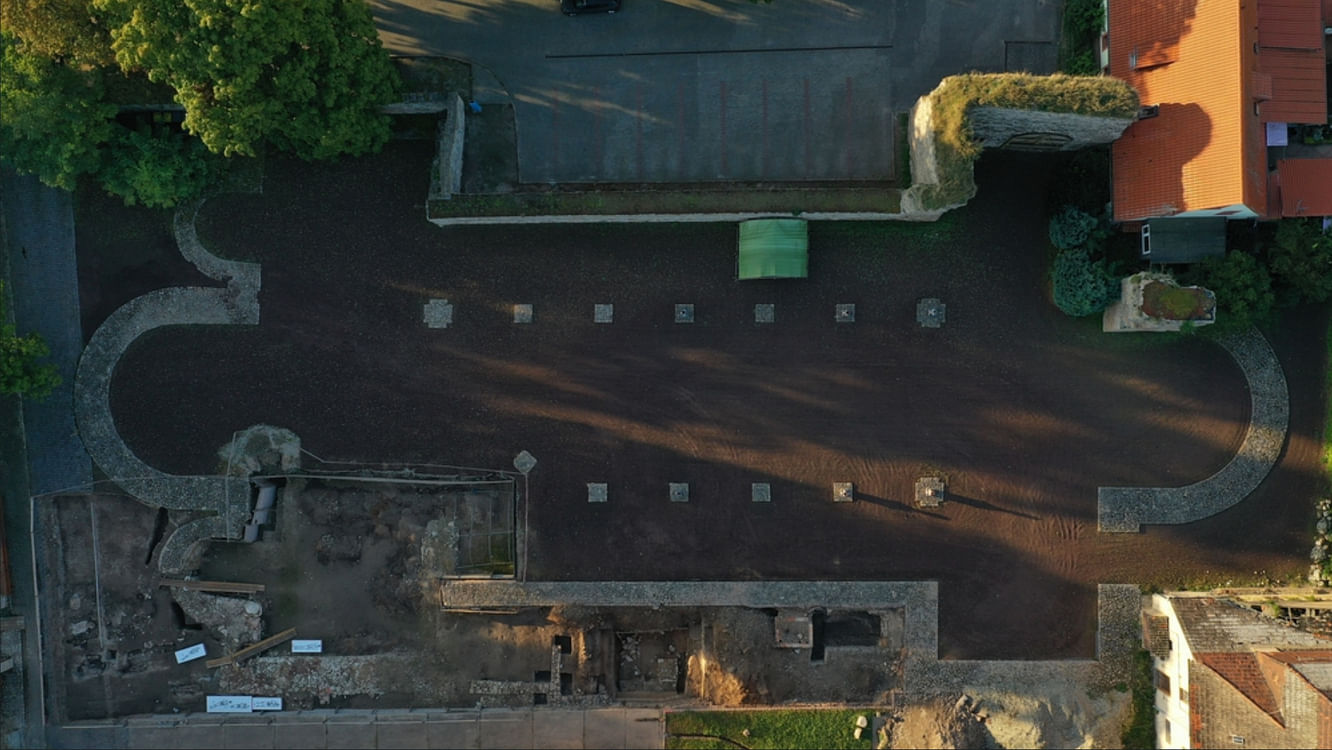
One of the most important medieval rulers of the 10th century, Otto I (936-973) founded the Holy Roman Empire in central Europe. Archaeologists believe they have found the site where this king and emperor died.
Since 2017, archaeologists from the State Office for Monument Preservation and Archeology Saxony-Anhalt have been excavating the former imperial palace and the rich Benedictine monastery in Memleben, located in central Germany. This year’s investigations yielded new findings of extraordinary importance. For the first time, reliable archaeological evidence of the Palatinate of Memleben, the as-yet unlocated place of death of Emperor Otto the Great and his father Henry the Fowler (919-936). The site was soon turned into a monastery church by Otto’s son, Otto II. A mysterious foundation in the cloister of the monastery church can also possibly be linked to the burial of Otto the Great’s heart and internal organs.
The former Memleben monastery is one of the most important medieval sites in the region. The ruins of the monastery church from the 13th century with its preserved crypt are considered outstanding examples of the transition from late Romanesque to early Gothic style architecture. It reflects the historical significance of the place: The founder of the Holy Roman Empire, Emperor Otto I, known as ‘The Great’, passed away in Memleben in 973, as did his father in 936.
Read the rest of this article...
No comments:
Post a Comment